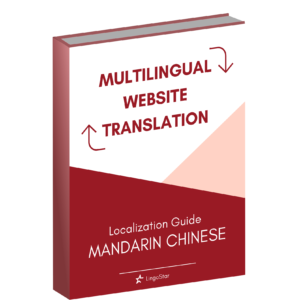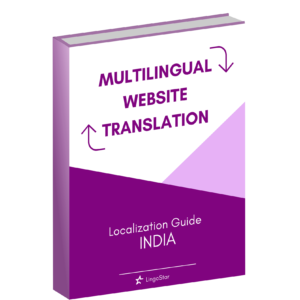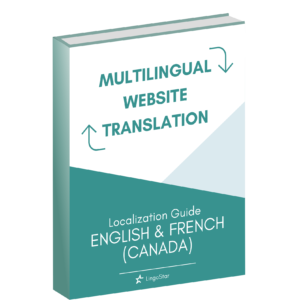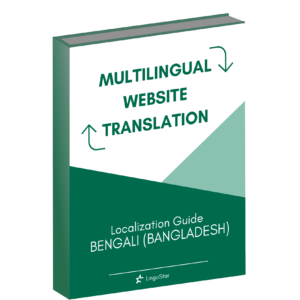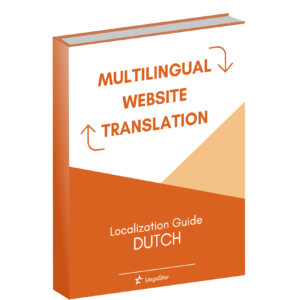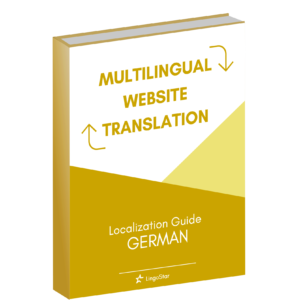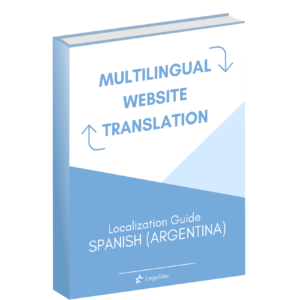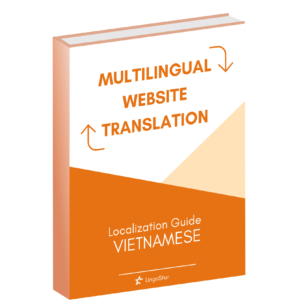Dec 2, 2013 | Blog, Language Services, Translation
What does localization mean? How can a localization service help you? Localization is basically a way for companies to customize their website content in order to reach foreign target markets more effectively. The best way to do this is to use the localization service of a translation company. Indeed, if businesses want to open up to new markets, they have to make sure that the local population can understand their content. People might object that today’s world expects everyone to learn English at some point. However, surveys repeatedly show that customers are more inclined to purchase products online if they find the description in their native language. In addition, over half of the searches in Google are conducted in languages other than English. Read this article for more information. Localization Services in Canada Canada is a bilingual country. Therefore, localization services are even more relevant. It is of major importance, especially in Quebec where French is the official language. Indeed, the Charter of the French Language is a law that was adopted by the Quebec government in 1977. The law aims to preserve the quality and status of the French language. National companies need to promote their services to both English and Canadian French speakers. Consequently, they advertise their products and services in a more direct way to both target markets. To learn more about content marketing, read about these interesting social media marketing ideas >>. How LingoStar can help you We offer localization services for websites, online content, applications, video games and other software-related projects. If you would like to receive more information, feel free to contact us at info@lingo-star.com or call us...
Nov 29, 2013 | Translation News
Computer Assisted Translation (CAT) and CAT tools In our November newsletter, we will discuss Computer Assisted Translation tools. Computer Assisted Translation (CAT) refers to specialized computer software that helps human translators during the process of translating texts and any form of written content. Computer Assisted Translation is sometimes confused with Machine Translation (MT). Although the two have similarities, CAT and MT are different. There are numerous CAT tools and their aim is to help translators complete their work more efficiently. Their functions range from spell-checking to keeping translation memories. CATs are quite useful tools but will they one day replace human translators altogether? The question is up for discussion. Whatever the outcome, one thing is for sure: the future is bright for Computer Assisted Technology! Contributed by Sophie Roulland What is Computer Assisted Translation? As mentioned in the introduction, Computer Assisted Translation is the process of using computer programs and software to assist the translator in his/her work. How exactly do they help translators? First, they save the translators time and thereby increase their production outputs. Thanks to translation memory software, it is much faster to translate a text, especially if they have already worked with that company or industry before. Secondly, it can produce a more consistent quality of work. Some CAT tools, such as SDL Trados, help you find the appropriate terminology for technical texts with less effort. Some tools come with alignment of segments, which makes it easier and faster for reviewers to proofread texts. So if used correctly, CAT tools can be very efficient and a good support system for translators. Because technology is involved,...





